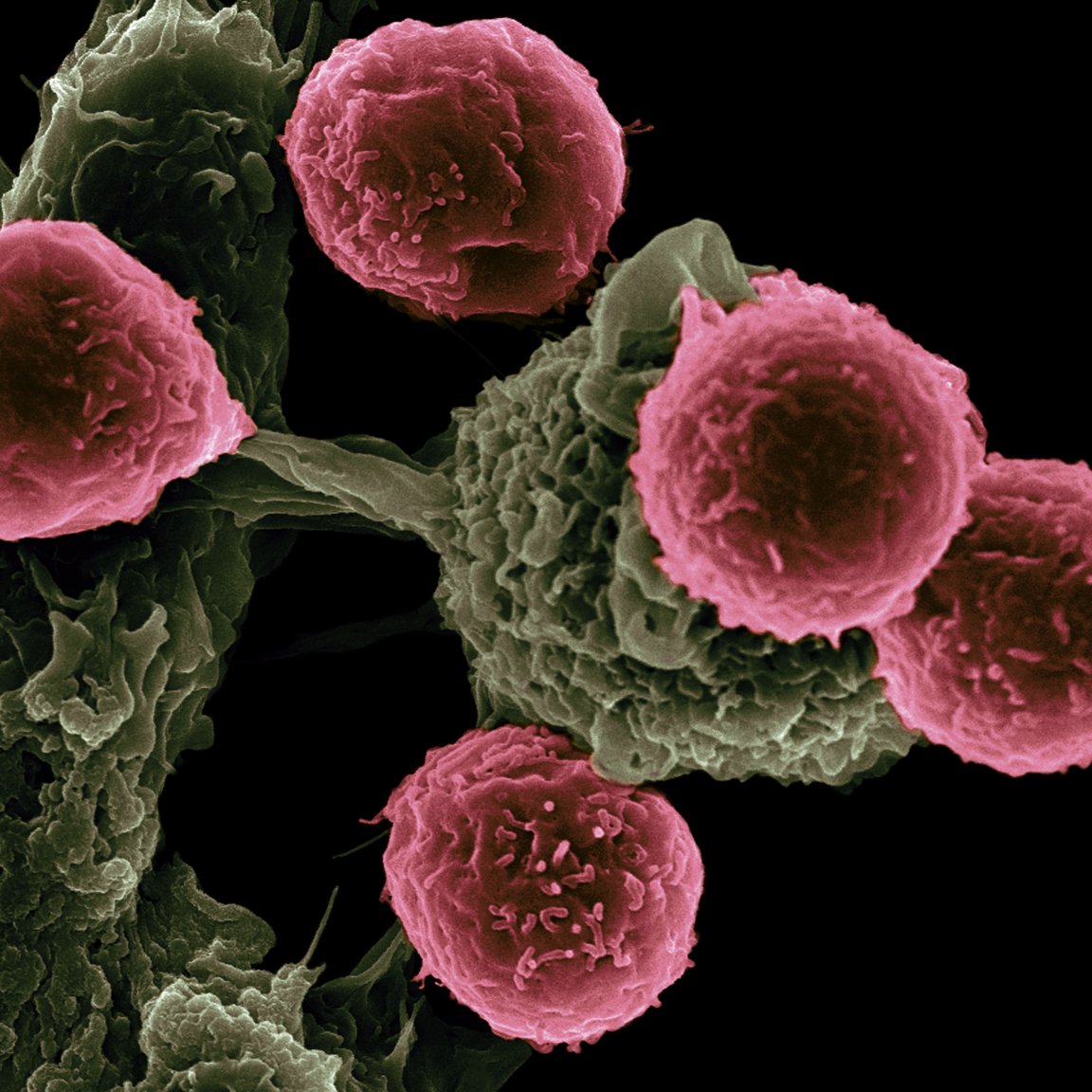
FDA Panel Recommends Approval
Today a Food and Drug Administration (FDA) panel unanimously recommended that the agency approve a treatment that genetically alters a patient’s own cells to fight leukemia. If the agency does make the approval, the first-ever such treatment will be the start of the “living drug” era of human medicine, in which we harness technology to boost our natural immune system and improve its ability to master formerly unbeatable diseases.
While this gene therapy treatment for leukemia, known as CTL019, will be the first to reach the market, there are more on the way. Treatments for an aggressive type of brain tumor, as well as myeloma and other varieties of leukemia, are also in development.
This technique is a true example of personalized medicine: a unique version of the treatment must be created for every patient from their own cells. After the cells are removed by medical personnel, they are frozen, shipped to Novartis (the therapy’s maker), processed, refrozen, and shipped back to the medical center.
Assuming this treatment is approved, it will be a first for the FDA. Though the approval wouldn’t necessarily be surprising in light of the results of the trials, which were stunning: patients facing death after all other treatments failed who received just a single dose of the gene therapy experienced long remissions that could, in time, prove curative. The FDA panel therefore recommended approval for treatment of relapsed or treatment-resistant B-cell acute lymphoblastic leukemia in children and young adults ages 3 to 25.
Accessing The Treatment
One attendee of the panel’s meeting was the first patient from the trials, Emily Whitehead, age 12. She almost died as a result of leukemia, which was considered fatal until she was treated at age 6. Since that time she has been cancer free. “We believe that when this treatment is approved it will save thousands of children’s lives around the world,” Tom Whitehead, Emily’s father, told the panel, according to The New York Times. “I hope that someday all of you on the advisory committee can tell your families for generations that you were part of the process that ended the use of toxic treatments like chemotherapy and radiation as standard treatment, and turned blood cancers into a treatable disease that even after relapse most people survive.”
Researchers at the University of Pennsylvania developed the treatment, which is now licensed to Novartis. The disease it’s meant to treat, however, is rare — affecting only about 5,000 people annually. Around 60 percent of them are young adults and children. Standard treatments can cure most children, but approximately 15 percent of patients, like Emily, do not respond to treatment or experience relapses.
Novartis will limit the use of CTL019 initially because the treatment process is complex and managing side effects demands expert care. Therefore, only about 30 or 35 medical centers will have access to the treatment upon its release. Furthermore, staff at those centers will receive special training and approval to administer it, according to The New York Times. Although analysts predict that the cost of these unique treatments may exceed $300,000, a Novartis spokesman declined to specify a price when NYT inquired.